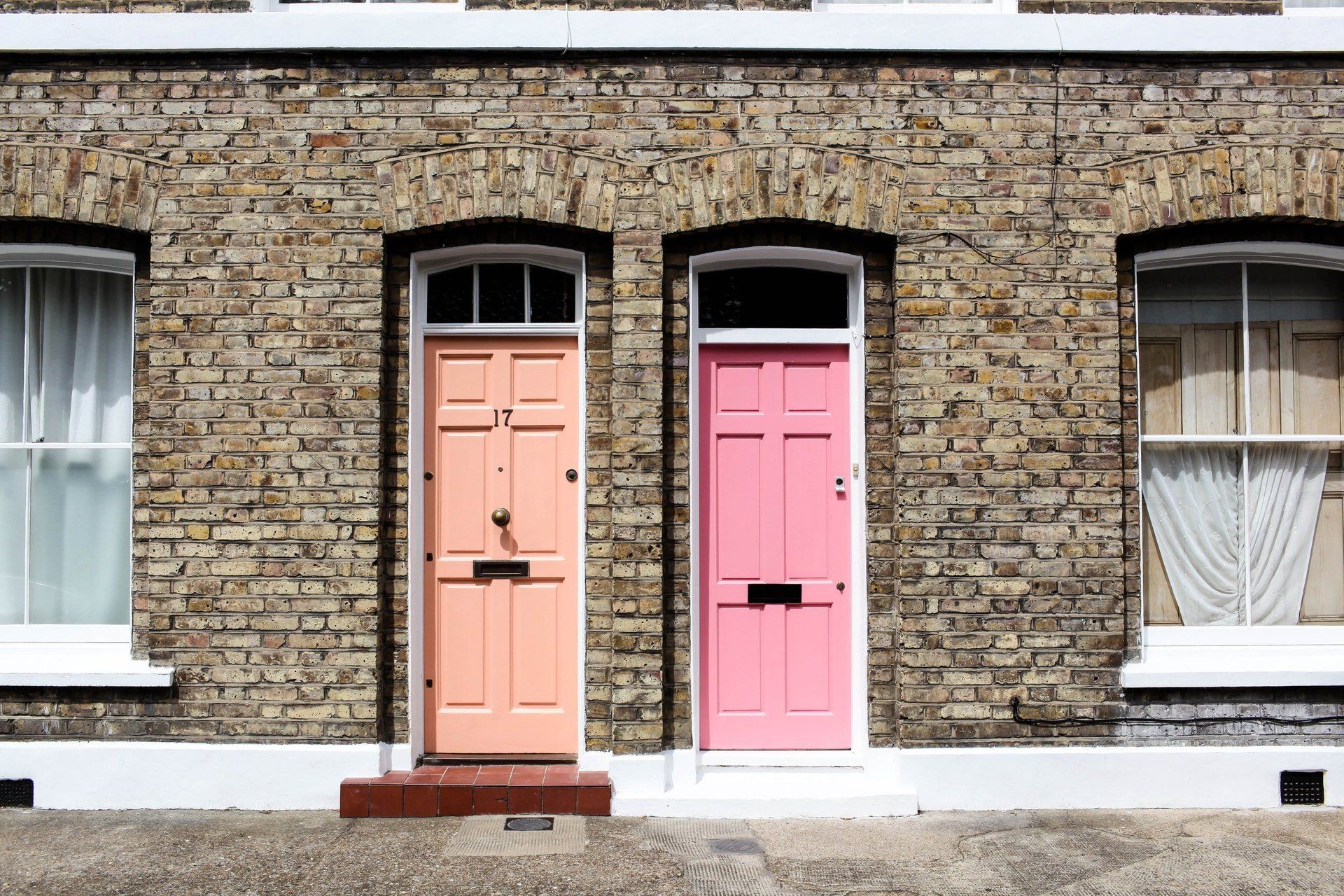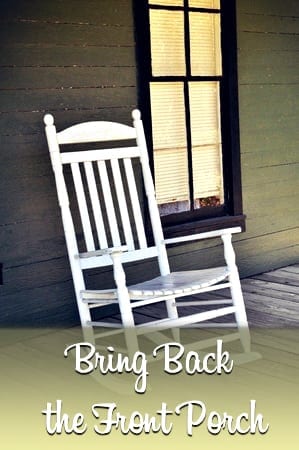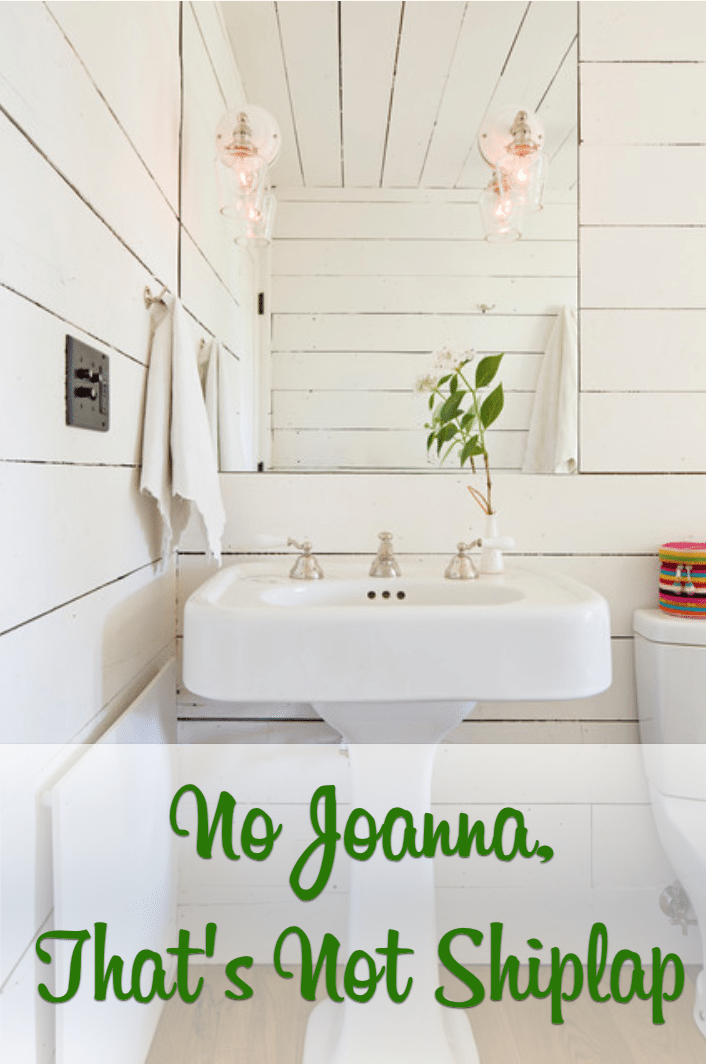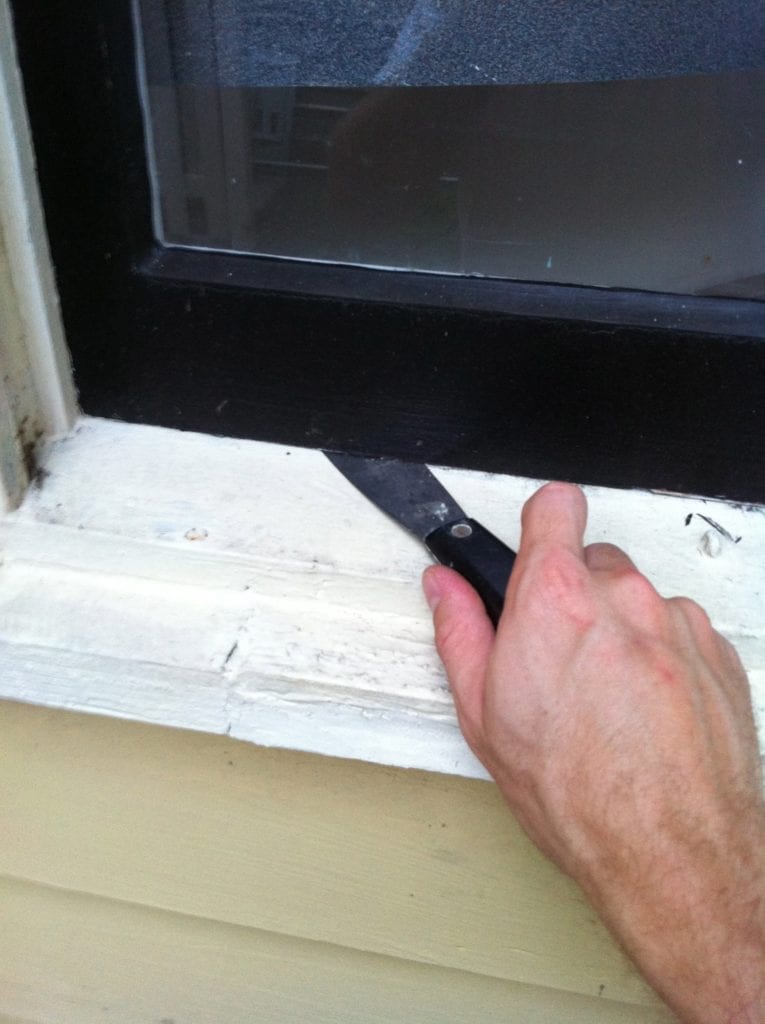BLOG POSTS
No Joanna, That’s Not Shiplap
My wife and I, like most all old home owners, are fans of a lot of the restoration themed DIY shows these days. Rehab Addict, Barnyard Builders, American Pickers and, of course, Fixer Upper. Their designs and passion to keep [...] Read More The post No Joanna, That’s Not Shiplap appeared first on The Craftsman Blog.
Their designs and passion to keep original elements of old houses is so rare in the renovation game that I can’t help but root for them to succeed.
One of my favorite shows is definitely Fixer Upper. Partly because I’m from Texas, and partly because Joanna and Chip are such a trip to watch. They even have a new book out telling all about their story. Her designs are almost always stunning, but she does have a real addiction to what she calls “shiplap.”
The only problem is that rarely is the wood she calls shiplap actually shiplap! I’ve noticed more of my clients recently asking about shiplap, if their house has it, or can they incorporate it somehow. And I always have to ask “Do you watch Fixer Upper?”
If the answer comes back yes (which it usually does) then my next question is usually, “Do you want actual shiplap or do you just want wood paneling?” This query often brings a cock of the head and a quizzical look. “Aren’t they the same?”
No, Joanna That’s Not Shiplap
Don’t get me wrong Joanna, I love your show and really don’t think you need to change a thing. You do enough for historic preservation that all of us in the field should be grateful.
But, I do want to give you a quick lesson of what shiplap actually is, so that your love affair with the material can continue, unimpeded by any lack of understanding. Don’t think of me as a hater, just a fan who wants to help!
What is NOT Shiplap?
It’s Not Sheathing
This is usually what Joanna calls shiplap and where I start to yell at the TV.
Shiplap is not plain wooden boards nailed on a wall. Often in old houses, these boards can be found on the exterior of the framing just beneath the siding.
Today, we frame a house and then install plywood sheathing to tighten the frame and help square everything up prior to putting on the siding and interior wall coverings. In the days before plywood, we used 1×6 or 1×8 boards, sometimes installed on a diagonal or horizontally as both sheathing and subfloor.
These boards can be salvaged and reused as paneling or other creative design uses since they can add a lot of rich character, but they are not shiplap.
It’s Not Tongue & Groove
Sadly, it’s not this one either. Tongue and groove boards are used in all different places in old homes. Flooring is of course the most common, but there is a lot of siding that is tongue and groove as well.
Tongue and groove (or T&G as it is sometimes simplified) is just what it sounds. One side of the boards has a groove and the other side has a tongue. When they are installed side by side, they fit together nice and snug, which strengthens the floor or siding.
What IS Shiplap?
Shiplap, like tongue and groove, has a special rabbet or notch cut on the edges of the board. These rabbets allow the boards, when installed horizontally, to self-space themselves and keep water from getting behind them because they fit so perfectly.
Shiplap is mostly found in siding designs because of the need for consistent spacing and water tightness, but it can be found in other places. The lapped joint is one of the simplest you can use to accomplish the spacing and water stopping needs, which is why shiplap was and is so popular.
Once installed, shiplap can look just like regular wood boards because the rabbets are hidden, so yes, it can be hard to tell it apart from regular sheathing boards to the untrained eye, but it is different.
There are various profiles of siding available in shiplap too. Sometimes it’s just flat shiplap boards and other times you can find profiles like Novelty Drop , Dolly Varden , or the poorly named but still attractive #117 lap siding.
For the purist, shiplap is the original flat profile with a rabbet on top and bottom, but I guess if Mrs. Joanna Gaines keeps making us smile with her clever designs and trash talking of Chip, then we can let it slide that she calls a few more things shiplap than actually are shiplap.
As long as she doesn’t start proclaiming that they come from the shiplap tree, I’m still a fan.
If you are having trouble finding shiplap in your area, you can easily make your own shiplap with this quick tutorial. If you’re one of the lucky ones to have true shiplap in your house and you just need help repairing it, read my post The 7 Best Products to Patch Wood.
Designing With Shiplap
There are so many ways to incorporate shiplap into your home projects and almost all of them are attractive. Whether you use weathered natural wood or want a more clean painted look, a wood covered wall makes any room feel warmer.
Here are some of my favorite designs using shiplap from Houzz.com to give you a little inspiration for your home.
The post No Joanna, That’s Not Shiplap appeared first on The Craftsman Blog.












